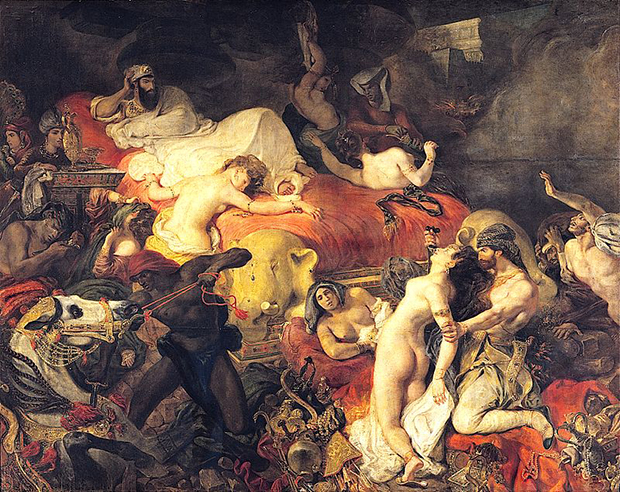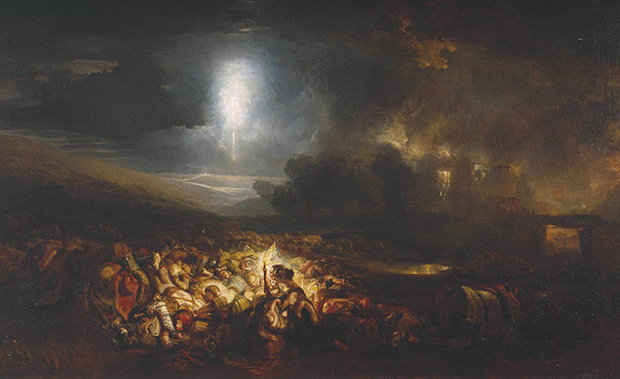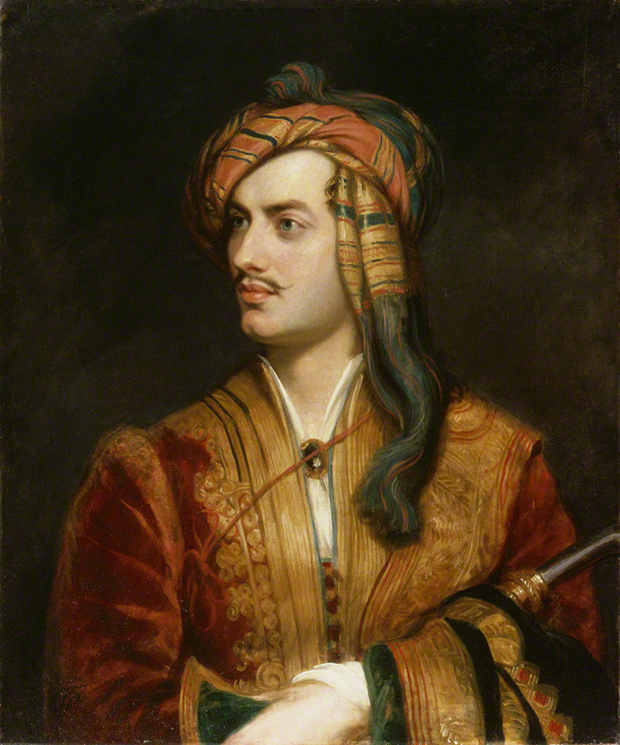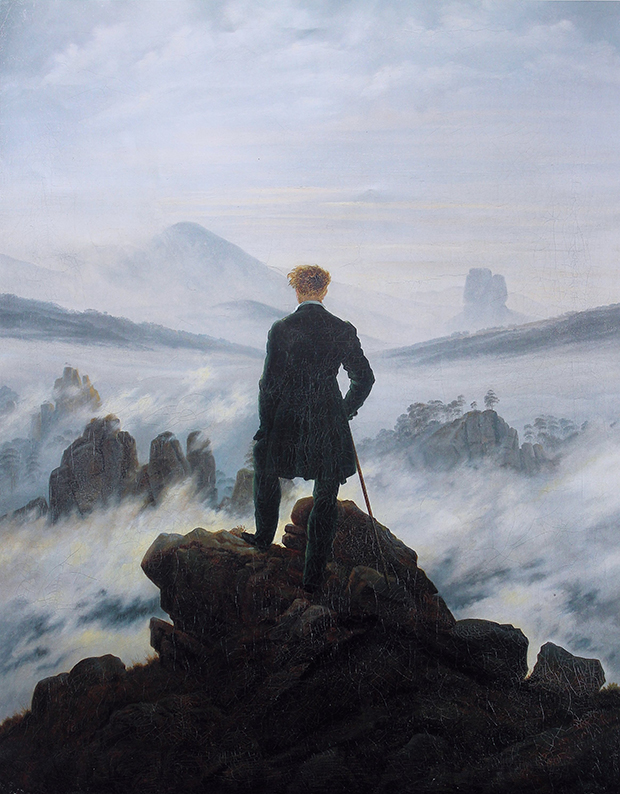
A Movement in a Moment: Romanticism
On Delacroix's birthday we look at how a literary movement went on to shape European art history
While some fine-art movements remain insular developments, concerned with the technical problems of painting or sculpture, others are wider ranging, influenced by, and in turn influencing many different areas of our culture.
Such was the case with Romanticism, the movement most closely associated with the French artist Eugène Delacroix, born on this day 26 April, in 1798. Although Delacroix is perhaps the most prominent Romantic painter, the movement dates its origins back to a meeting of English writers, held before the beginning of the Frenchman’s career.
On the rain-sodden evening of 16 June 1816 the poets Lord Byron and Percy Bysshe Shelley, the writer Mary Shelley, the physician William Polidori and Mary’s stepsister Claire Clairmont gathered at a villa beside Lake Geneva to read from the Fantasmagoriana, a collection of ghost stories.
The Shelleys had travelled to Switzerland to spend the summer with Byron and Clairmont, his pregnant lover. Byron was already the most celebrated poet in Britain, while Shelley had begun to win critical acclaim. Mary and Percy were not married yet, though she had already assumed his surname, comfortable within a social milieu that valued personal freedom over social convention.

Indeed, the group’s life and work typified a new kind of art that expressed a questing individualism and “rich variety of expression and experience to reflect the complexity of the world and the self, rather than the cold formalism of classical drama," as we describe it in our book, Romanticism.
Romanticism, unlike many other artistic schools, found expression in literature and political philosophy, as well as painting, music and sculpture. It was influenced by the French Revolution, it reacted against both the growing industrialisation and the strictures of neo-classicism, and it valued overwhelming awe above balance and composition.
Romanticism may have many starting points, yet that inclement evening in Switzerland, captures its exotic, sexual, near-grotesque essence as well as any other. After their reading, Byron challenged each of the young party to write their own horror story. Polidori, although employed as Byron’s doctor, went on to write The Vampyre, the first modern vampire story, while Mary Shelley, aged only 18 at the time, composed the story that some regard as the first work of science fiction, Frankenstein.

While the ghoulish works born on that night live on, the group’s artistic influence was also felt within the fine-art salons of Europe. Byron’s tragic play 1821 Sardanapalus inspired Delacroix’s two erotic, lurid 1827 paintings The Death of Sardanapalus, described in our book as “the most outrageously Romantic picture ever painted”; while JMW Turner chose to exhibit his 1818 painting, The Field of Waterloo with passages from the poet’s 1818 work Childe Harold, and went on to paint the landscape Childe Harold's Pilgrimage - Italy, in 1832.
The poet Shelley's drowning, at the age of 29 off the coast of Italy, typified the poet’s doomed allure for many of Europe’s young Romantic artists. Byron’s death, just two years later in Greece, where the poet had travelled to support the country’s struggle for independence, was viewed in similar terms.
Moreover, the group’s peripatetic nature also changed the course of the visual arts. Byron’s accounts of his travels in the near east informed many more artist’s depictions of the exotic; as we explain in our book, “of all writers it was Byron who was to be the most influential in forming painters’ views of the Orient.”

When we look at the figure of Caspar David Friedrich’s Wanderer above the Sea of Fog, created two years after the group met in Switzerland by a painter who rarely wandered beyond his native Germany, do we not think of those footloose writers abroad in Europe centuries ago? And when we view Delacroix’s blood thirsty king, we certainly witness the incredible artistic visions they helped bring to life.
For more on Delacroix take a look at this book; for more on Friedrich consider this title; for more on Turner buy our monograph; and for more on Romanticism and other art movements, check out Art In Time.